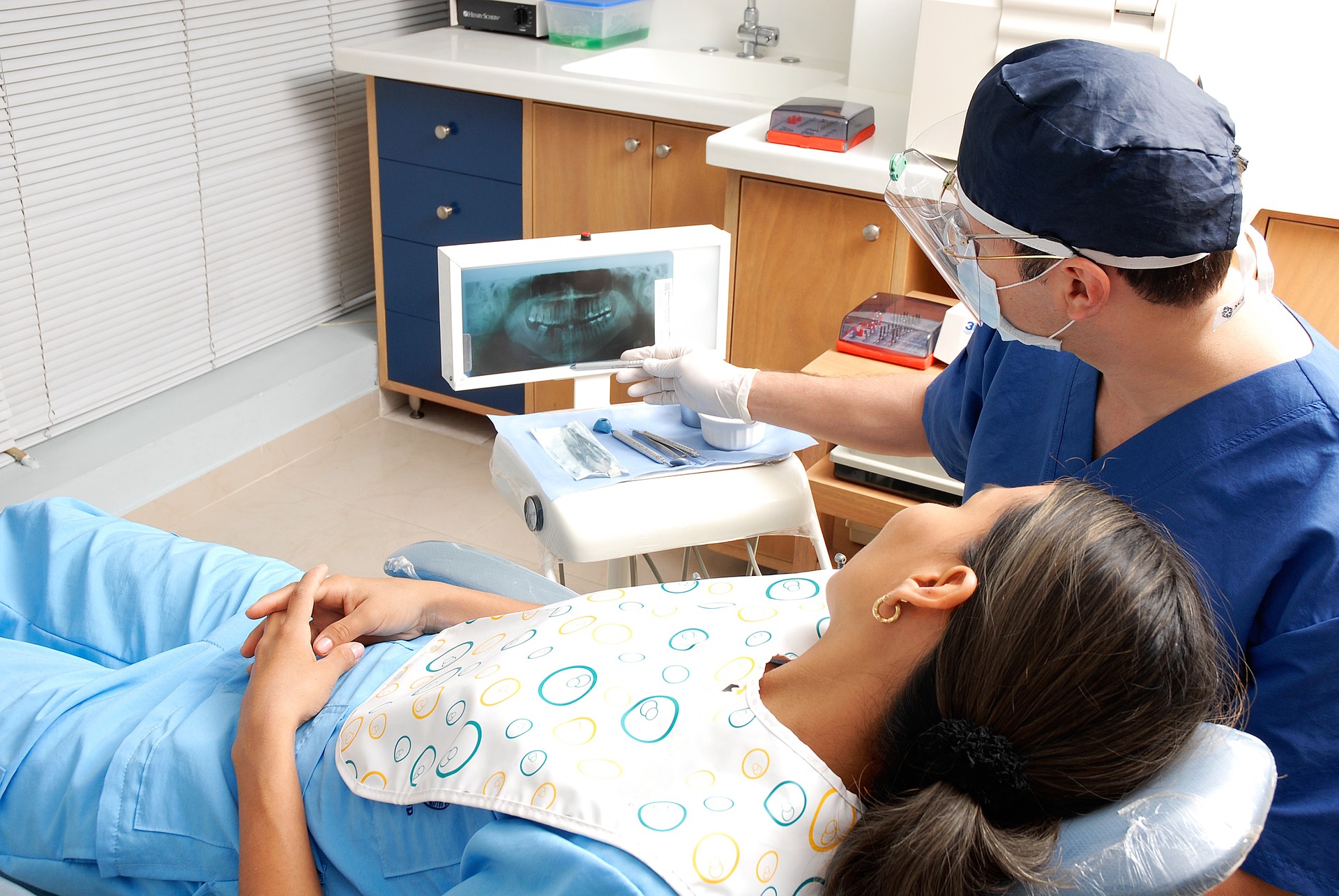According to a popular dental saying, “dentistry is not expensive, neglect is.” The neglect of oral hygiene may finally force you to the dentist’s office. Of all the dental issues, tooth extraction is one of the most dreaded procedures that one can think of. Tooth extractions were also used as torture methods especially to draw out confessions or vital information.
Why Tooth Extraction?
Ideally, no one would like to go through the excruciating pain of a tooth extraction. There are several reasons that, however, compel the patients.
- Diseases: Dentists may advise patients suffering from periodontal (gum) diseases for tooth extractions. Some cancer patients undergoing chemotherapy may also have to undergo the tooth extraction procedure. As the patient’s immunity weakens, the chance of him getting infected in the teeth increases. In case the patient’s teeth or any other oral organs get infected, the doctors have no option but to advise for a tooth extraction.
- Wisdom Tooth Extraction: The procedure of wisdom tooth extraction is a right to passage trending among the adolescents in North America. As the wisdom tooth generally appears between the age 15-25, it is taken as a coming of age sign. Dentists do decide to extract the wisdom tooth if it is responsible for their pain, infection or any other problems. Sometimes they also advise getting the tooth extracted if they fear that the wisdom tooth would, later on, disrupt the alignment of the teeth or cause any other problems.
- Accident Victims: Broken teeth due to an accident may cause infection and other oral diseases. Dentists avoid further complications by simply extracting the teeth.
Painless Tooth Extraction
Everyone seeks painless tooth extractions. Modern dentistry has several sedative options including-
- Oral Sedation: Oral sedation is a procedure to sedate the patient before to the tooth extraction using psychoactive drugs as oral sedatives.
- Nitrous Oxide Sedation: Dentists use Nitrous oxide or laughing gas to sedate the nervous or excited patients. The laughing gas makes the patient euphoric and diverts their attention from the procedure.
- Intravenous Sedation: The intravenous (IV) sedation procedure allows the dentist to inject the sedations directly into your bloodstream.
- Anesthetics: Dentists use a mix of general and local anesthetics for the tooth extraction procedure.
Post Tooth Extraction
Post tooth extraction the patient must take rest. One shouldn’t disturb the operated area and let the blood clot. Also, one should apply ice packs on the face to lessen the swelling. The patient should also avoid smoking, eating solid food and aspirin. Proper medication will help the patient to quickly assume his normal lifestyle.
Tooth extraction is a necessary evil. One must take care of their oral hygiene to prevent tooth extraction. If you are located in or around Edmonton, and need a dental clinic for tooth extraction, you should visit Beverly Heights Dental for an evaluation.

